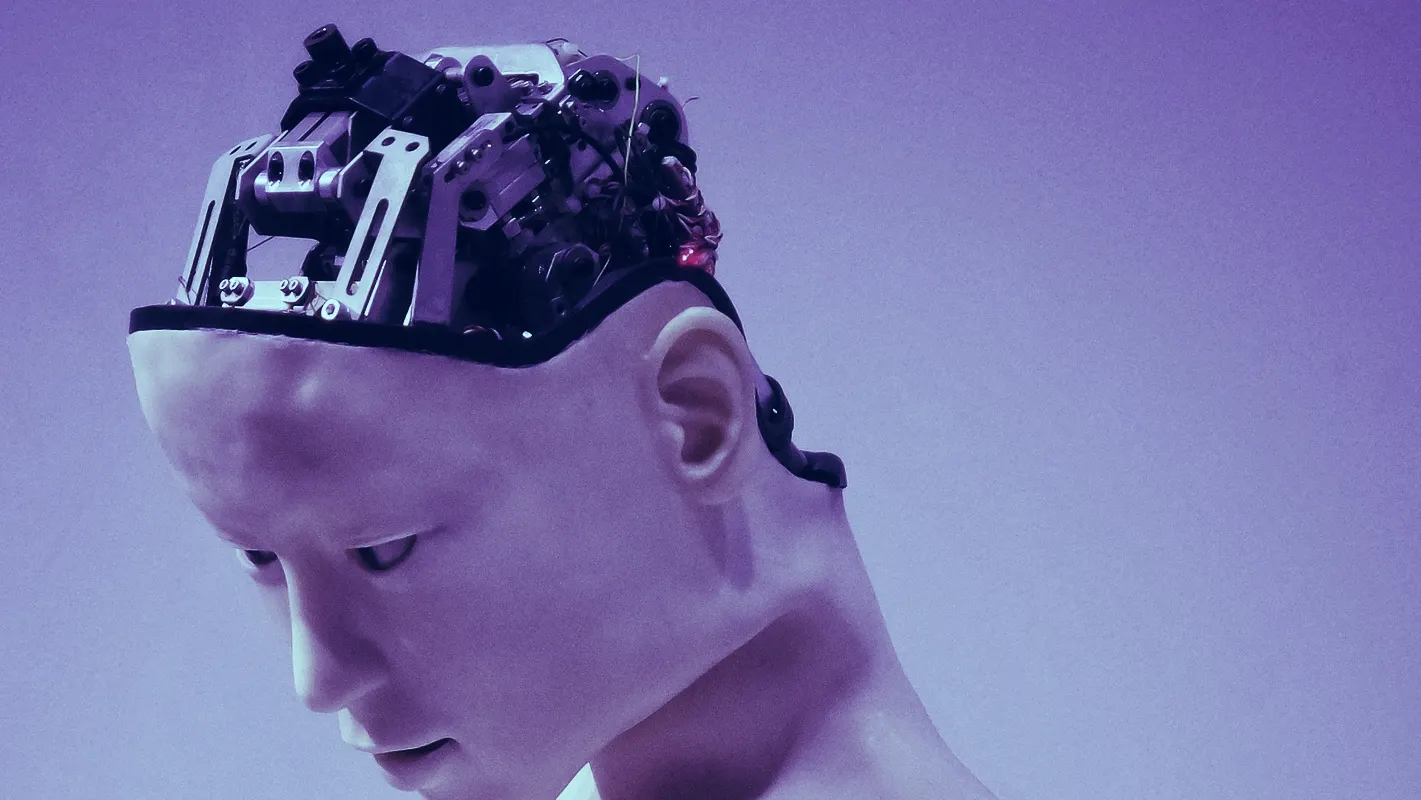While Tron CEO Justin Sun’s Twitter account may be plagued by bots, this isn’t the case for the top decentralized apps (dapps) on the Tron platform, according to a new report.
In the first quarter of this year, 70 percent of unique accounts in the top 10 dapps were real, bonafide humans, according to AnChain, a startup that uses machine learning to analyse blockchain activity. To put this in perspective, the same firm’s previous report regarding dapps on the EOS network, found that bots accounted for over half of unique accounts there.
This suggests that the network might be finding real adoption. However, it might be the case that the bots are simply getting even more crafty.
Bots are a well-known scourge in the cryptocurrency community. They are computer programs designed to perform repetitive actions—in this case making transactions in dapps—in order to gain an edge over the system or maximise profits.
Analysing 96,943 unique Tron accounts, AnChain—which isn’t affiliated with TRON, EOS, or the Ethereum foundation—used a complicated artificial intelligence techniques to determine that 69.3 percent (67,041) of Tron accounts were owned by human accounts, and 30.7 percent (29,802) accounts were owned by bots.
And Tron, a platform that facilitates gambling habits—according to TokenInsight, 68 percent of Tron dapp accounts are linked to its 117 gambling DApps—suffers when bots try and manipulate the market.
It’s not just gamblers, either—financial investors (who are definitely not gamblers), blockchain developers, and regulators rely on trading activity as an accurate assessment of market sentiment.
Bad bots boost dapp rankings by augmenting transaction metrics; spoofing trades to increase the liquidity of dapp utility tokens; earning profits on the generous payout dividends that dapps offer; sabotaging competitors by clogging up a dapp’s network; and hacking vulnerable dapps. All in a day’s work.
It’s a big problem in crypto—an SEC filing report by Bitwise Asset Management concluded that a whopping 95 percent of Bitcoin volume is fake, and is instead driven by trading bots that spoof trading volume by moving money around.
Though AnChain’s analysis says that most gamblers are, unfortunately, real, the effect of bots is significant: they accounted for over $270,000,000 of transactions in the top 10 gambling dapps on Tron in Q1 2019.
So how to spot a bot? AnChain’s report tells a story of one robot gambler who placed identical bets every day for 18 days straight, totalling over 75,000 transactions. The bot was so busy, in fact, that it racked up 12.2 percent of all transactions in the first quarter of the year.
But not all of the bots are so obvious. Some are getting crafty, making it harder for them to be observed, suggesting that there could be more bots out there.
AnChain said it spotted a new type of bot on Tron; a swarm of bots that work together to act like a crowd. These bots act like human players, placing irregular trades, but AnChain discovered that when it looked at the accounts together, a pattern started to emerge. Bots would activate and remain dormant at the same time, and would behave in almost exactly the same way.
AnChain says this new behaviour is probably because bot makers are taking advantage of Tron’s offer for free accounts, which offer 5,000 “bandwidth” points per day. By spreading the transactions across multiple accounts, bot owners—farmers?—can stick to free accounts, maximizing their profits.
This phenomena was not observed on EOS, which, as AnChain notes, doesn’t offer free accounts.
“It’s far easier and cheaper to create a large number of accounts for such coordinated bot campaigns on Tron than it is on EOS,” reads the report.
It would be interesting for AnChain to update its testing range. Since Q1 2019, the TRON blockchain, headed by CEO Justin Sun, has boomed, recently reaching over 3.5 million users. If the proportion of bots has stayed the same, that’s over one million bots, a full-size digital army.

